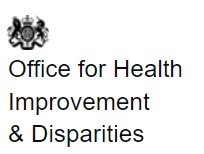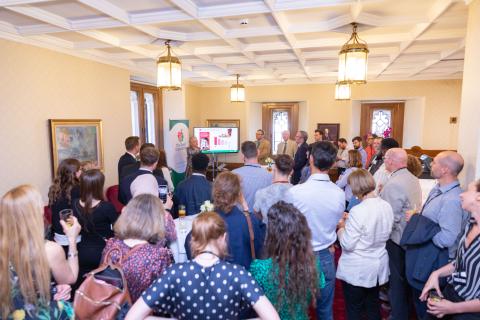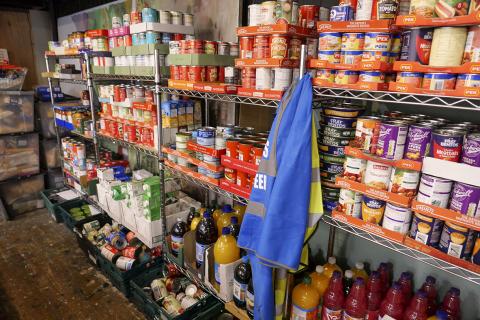The Broken Plate 2023
The State of the Nation’s Food System
Our food environment: vital signs, its impact on our lives and what needs to change to support us all to eat healthily and sustainably
Downloads and Links

The Broken Plate 2023 Digital Summary
(Please note: this is not the full report. For the full report click here).

Price and Affordability
Affordability plays a major role in determining the food that people purchase. The ability to afford a healthy and sustainable diet is not only affected by food prices, but also by a family’s or individual’s income, and the costs of other essentials. For many people, a healthy and sustainable diet is simply out of reach financially; even for people on slightly higher incomes, it can be less appealing because it’s the more expensive option.
Affordability of a healthy diet
The most deprived fifth of the population would need to spend 50% of their disposable income on food to meet the cost of the Government recommended healthy diet. This compares to just 11% for the least deprived fifth.
What needs to happen? Ensure everyone can afford to eat a healthy diet.
Cost of Healthy Food
More healthy foods are over twice as expensive per calorie as less healthy foods.
What needs to happen? Rebalance the cost of food so healthy options are the most affordable.
Cost of Sustainable Alternatives
More sustainable plant-based alternatives to chicken are approximately 27% more expensive than chicken breast.
What needs to happen? Ensure that price isn’t a barrier to choosing more sustainable and healthy options, especially for people on low incomes.
Places to buy healthy foods
1 in 4 places to buy food are fast-food outlets.
What needs to happen? Use local authority planning powers to prevent further proliferation of unhealthy fast-food outlets.
Availability of low sugar options in key children's food categories
Only 7% of breakfast cereals and 8% of yogurts marketed to children are low in sugar.
What needs to happen? Reformulate products with too much sugar and stop marketing unhealthy food to children.
Business transparency on sales of healthy and sustainable foods
Just 8 major UK food retailers, caterers and restaurant chains currently report publicly on sales of healthy foods, fruit and vegetables, or animal vs plant-based proteins.
What needs to happen? Increase transparency around the types of food businesses sell, with targets for boosting sales of healthy and sustainable foods.
Marketing of Baby and Toddler Snacks
97% of snacks marketed towards babies and toddlers feature a nutritional or health claim on the front of the packaging despite often being high in sugar for this age group
What needs to happen? Regulate marketing and composition of toddler and baby foods, and restrict nutrition and health claims on the front of packaging.
Advertising Spend on Food
A third (33%) of food and soft drink advertising spend goes towards confectionery, snacks, desserts and soft drinks compared to just 1% for fruit and vegetables.
What needs to happen? Increase advertising spend on healthy foods and decrease advertising spend on less healthy foods
Nutritious food consumption
The most deprived fifth of adults consume less fruit and veg (37% less), oily fish (54% less) and dietary fibre (17% less) than the least deprived fifth.
Ultra-processed foods consumption
56% of calories consumed by older children and adults are from ultra-processed foods.
Children's Dental Decay
Almost a quarter (24%) of 5-year-olds have dental decay, with 2.5 times as many children in the most deprived fifth affected compared with the least deprived fifth.
Children's Growth
Children in the most deprived tenth of the population are on average up to 1.3cm shorter than children in the least deprived tenth by age 10–11.
Children’s weight
Children in the most deprived fifth of the population are over twice as likely to be living with obesity as those in the least deprived fifth by their first year of school
Healthy life expectancy
Healthy life expectancy in the most deprived tenth of the population is 19 years lower for women and 18 years lower for men than in the least deprived tenth.
Diabetes-related amputations
Nearly 9,600 diabetes-related amputations are carried out on average per year – an increase of 19% in six years.






































